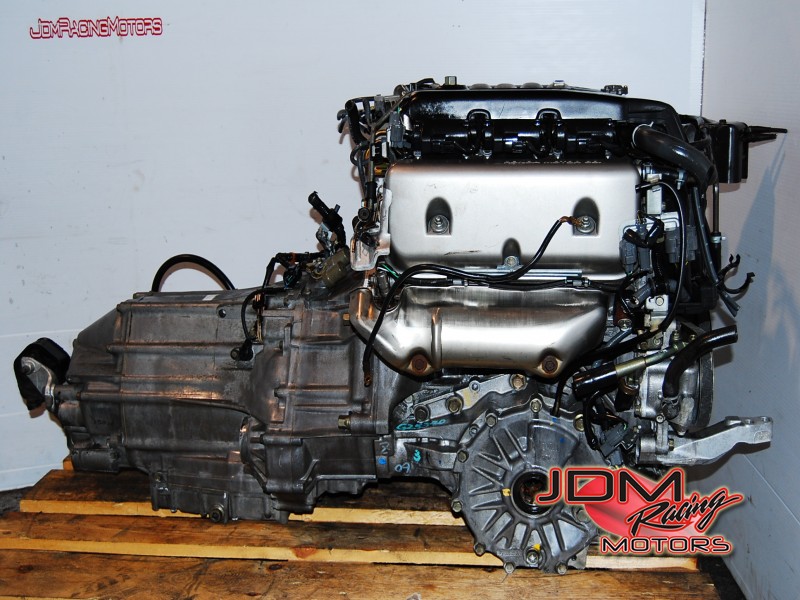carwhisperer
Mechanical
- Oct 10, 2015
- 35
I am contemplating an engine swap into a 1974 VW super beetle. I want to avoid using an adapter plate or combining an engine and trans that did not come married from the factory.
The idea that I am considering the most is to take a transverse 4 cylinder and it's FWD transmission and tilting it toward the rear of the beetle. The two I like the most are the Honda d series and the Saturn 1.9 twin cam. Both have aluminum blocks with similar weight, are inexpensive and make about 125hp stock NA.
In each case, I would have to tilt the engine somewhere from about 40 degrees to 60 degrees from vertical to get it to fit the way I want. I am certain I would need to modify the oil pan and oil pump pick up. But do you think oil would sufficiently drain down to the sump with a tilt of this angle? To be clear,I would be 30 to 50 degrees from horizontal.
Tilted engines that come to mind in stock form are the Vanagon 1.6 diesel, which I believe is tilted at about 50 degrees from horizontal. I believe it only has a special sump and oil pickup to distinguish it from an upright diesel found in a Rabbit. Also, upright 1.8 gas turbo motors have been mounted in these vehicles with apparently no lubrication problems.
Another example is the Toyota Previa minivan. I believe it operates at 15 degrees from horizontal.
I think there have also been Offy 4 cylinders lying almost flat running at Indy, but I think the constant left hand turns helped with oil scavenging. I don't know if they were dry sump, but if this is necessary it will probably be a deal breaker.
for the manual trans, which will operate at the same angle from what was intended, I think it will be OK if I relocate the vent. Porsche 911 G50 gearboxes are routinely inverted to make them suitable for mid engine application. What are your thoughts? Following is a sketch that sort of outlines my idea.

The idea that I am considering the most is to take a transverse 4 cylinder and it's FWD transmission and tilting it toward the rear of the beetle. The two I like the most are the Honda d series and the Saturn 1.9 twin cam. Both have aluminum blocks with similar weight, are inexpensive and make about 125hp stock NA.
In each case, I would have to tilt the engine somewhere from about 40 degrees to 60 degrees from vertical to get it to fit the way I want. I am certain I would need to modify the oil pan and oil pump pick up. But do you think oil would sufficiently drain down to the sump with a tilt of this angle? To be clear,I would be 30 to 50 degrees from horizontal.
Tilted engines that come to mind in stock form are the Vanagon 1.6 diesel, which I believe is tilted at about 50 degrees from horizontal. I believe it only has a special sump and oil pickup to distinguish it from an upright diesel found in a Rabbit. Also, upright 1.8 gas turbo motors have been mounted in these vehicles with apparently no lubrication problems.
Another example is the Toyota Previa minivan. I believe it operates at 15 degrees from horizontal.
I think there have also been Offy 4 cylinders lying almost flat running at Indy, but I think the constant left hand turns helped with oil scavenging. I don't know if they were dry sump, but if this is necessary it will probably be a deal breaker.
for the manual trans, which will operate at the same angle from what was intended, I think it will be OK if I relocate the vent. Porsche 911 G50 gearboxes are routinely inverted to make them suitable for mid engine application. What are your thoughts? Following is a sketch that sort of outlines my idea.





